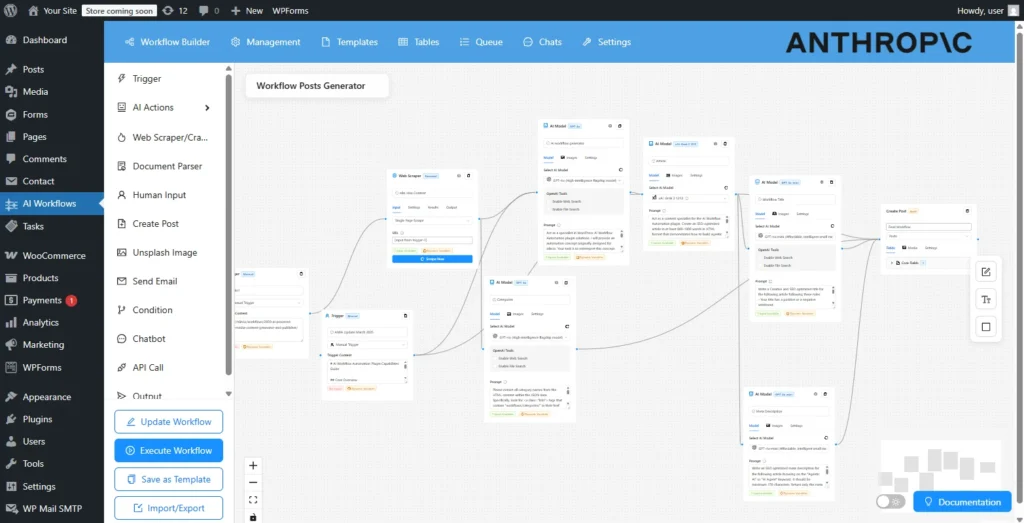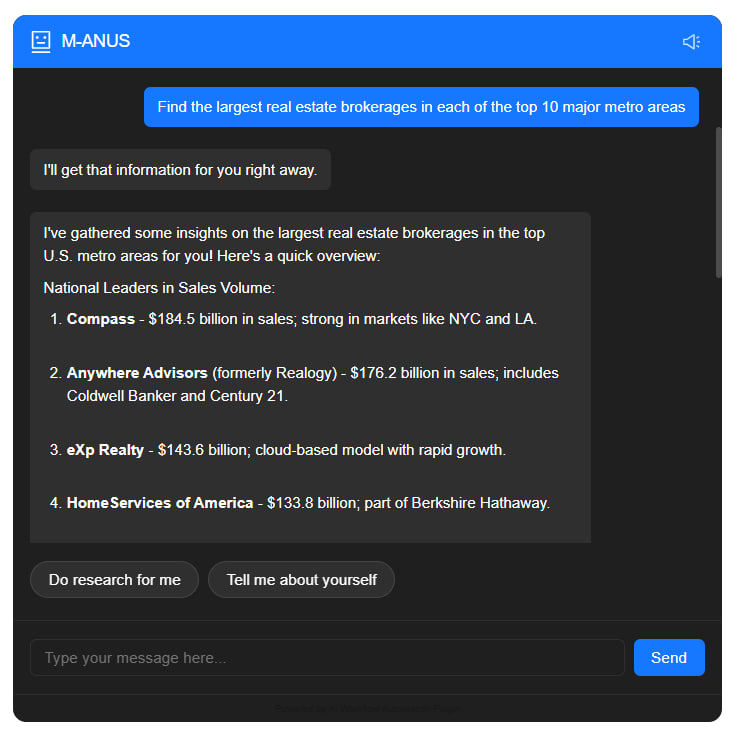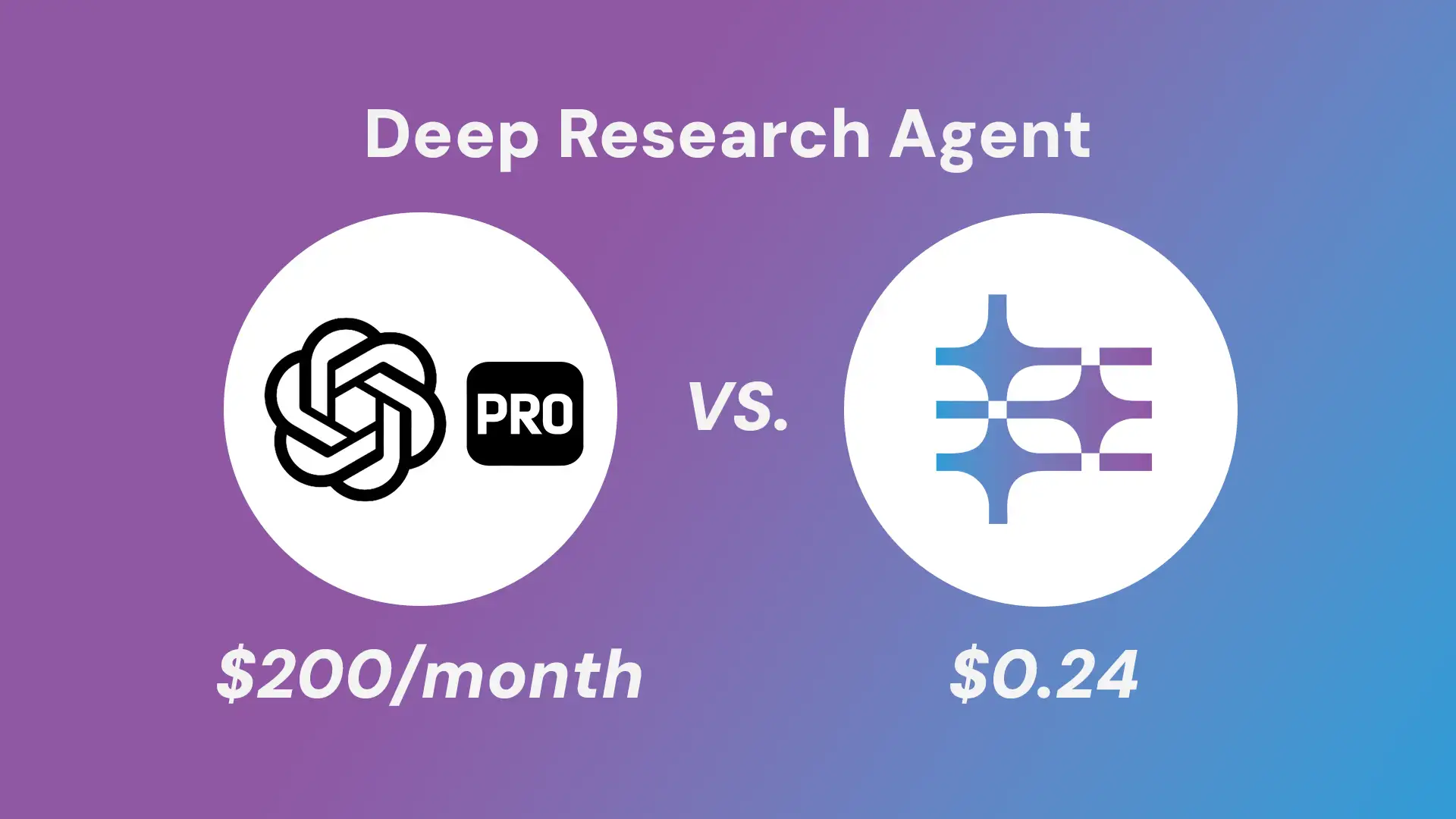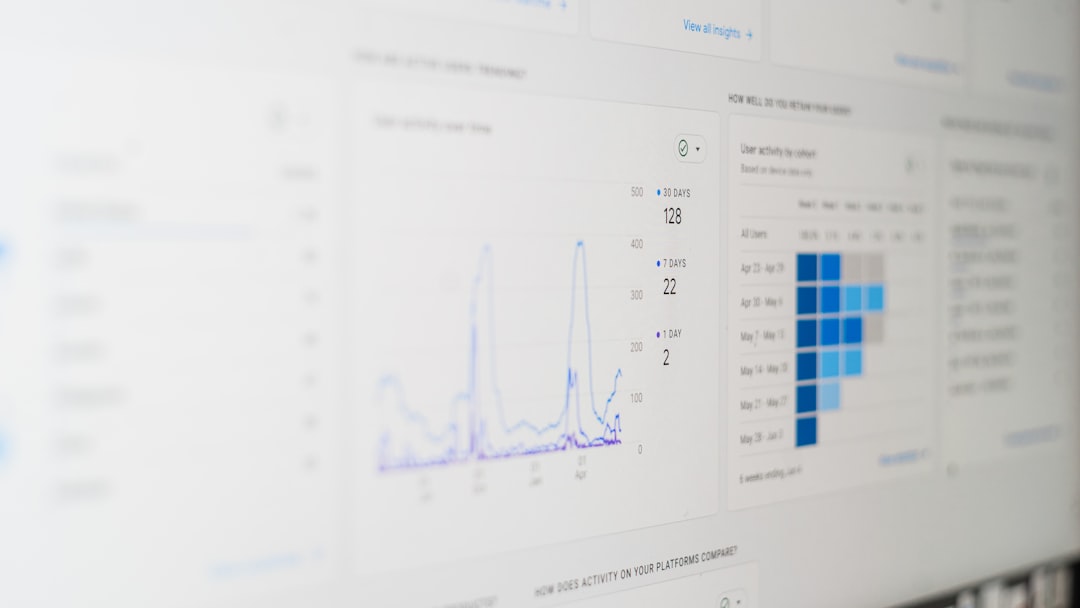The Game-Changing Potential of Generative AI
Generative AI is revolutionizing the way businesses approach workflow automation. This cutting-edge technology is not just a buzzword; it’s a powerful tool that can significantly enhance efficiency, productivity, and scalability across various business operations. In this comprehensive guide, we’ll explore how generative AI is transforming workflow automation and provide you with practical steps to implement this technology in your own processes.
As we delve into the world of generative AI in workflow automation, you’ll discover:
- How to identify tasks suitable for AI-powered automation
- Steps to select and integrate the right generative AI tools
- Best practices for implementing and refining AI-driven workflows
- Ethical considerations and governance strategies
To help you navigate this complex topic, here’s a summary of key insights:
| Key Aspect | Description |
|---|---|
| Task Identification | Focus on repetitive, time-consuming tasks |
| Tool Selection | Choose AI tools based on functionality, integration capabilities, and cost |
| Implementation | Set up, train, and integrate AI models into existing workflows |
| Monitoring | Regularly assess performance and refine AI-driven processes |
| Ethical Considerations | Ensure privacy, security, and responsible AI usage |
Harnessing Generative AI for Streamlined Workflows
Identifying Opportunities for AI-Powered Automation
The first step in leveraging generative AI for workflow automation is to identify tasks that are ripe for improvement. Look for processes that are:
1. Repetitive and time-consuming
2. Data-intensive
3. Prone to human error
4. Scalable with AI assistance
Common examples include data entry, report generation, content creation, and basic customer inquiries. By embedding generative AI into various applications and workflows, businesses can significantly reduce manual effort and improve accuracy.
Selecting the Right Generative AI Tools
Choosing the appropriate generative AI tools is crucial for successful implementation. Consider the following factors:
- Functionality: Ensure the tool addresses your specific automation needs
- Ease of use: Look for user-friendly interfaces and clear documentation
- Integration capabilities: The tool should seamlessly connect with your existing systems
- Cost: Evaluate the return on investment and scalability options
- Support and updates: Choose providers with robust support and regular updates
For WordPress users, solutions like WP AI Workflow Automation offer a visual, no-code workflow builder that integrates with major AI model providers such as OpenAI, Anthropic, Google Gemini, Meta Llama, and Perplexity. This allows for complex workflow automation directly within the WordPress ecosystem.
Implementing Generative AI in Your Workflow
Once you’ve selected your tools, follow these steps to integrate generative AI into your workflow:
1. Set up and train the AI model:
- Provide sample data and define parameters
- Outline desired outputs and performance metrics
- Train the model on your brand voice and specific requirements
2. Integrate the AI tool into your existing workflow:
- Connect the AI system with your current applications
- Ensure data flows smoothly between systems
- Set up triggers and actions for automated processes
3. Test and refine:
- Run pilot tests to identify any issues or bottlenecks
- Gather feedback from users and stakeholders
- Make necessary adjustments to improve performance
Maximizing the Impact of Generative AI in Workflow Automation
Enhancing Efficiency and Productivity
Generative AI can significantly boost efficiency by automating complex tasks and providing predictive insights. For example, AI-powered end-to-end workflow automation can handle everything from data analysis to report generation, freeing up employees to focus on higher-value tasks.
Improving Decision-Making Processes
By leveraging generative AI, businesses can enhance their decision-making processes through:
- Advanced data analysis and pattern recognition
- Predictive modeling and forecasting
- Personalized recommendations based on historical data
Scaling Operations with AI-Driven Automation
Generative AI enables businesses to scale their operations more effectively by:
- Handling increased workloads without proportional increases in staff
- Providing consistent quality across automated tasks
- Offering 24/7 availability for certain processes, such as customer support chatbots
Ethical Considerations and Best Practices
As you implement generative AI in your workflow automation, it’s crucial to address ethical considerations and follow best practices:
Ensuring Privacy and Data Security
- Implement robust data protection measures
- Comply with relevant regulations (e.g., GDPR, CCPA)
- Regularly audit AI systems for potential security vulnerabilities
Maintaining Transparency and Accountability
- Clearly communicate the use of AI in automated processes
- Establish governance mechanisms for AI decision-making
- Provide options for human oversight and intervention when necessary
Addressing Bias and Fairness
- Regularly assess AI models for potential biases
- Diversify training data to ensure fair representation
- Implement checks and balances to prevent discriminatory outcomes
Continuous Monitoring and Refinement
To ensure the ongoing success of your AI-driven workflow automation:
- Regularly monitor performance metrics
- Gather feedback from users and stakeholders
- Refine AI models and processes based on real-world results
By following these best practices for generative AI automation, you can maximize the benefits while mitigating potential risks.
Embracing the Future of Workflow Automation

Generative AI is transforming workflow automation, offering unprecedented opportunities for efficiency, productivity, and innovation. By carefully identifying suitable tasks, selecting the right tools, and implementing ethical AI practices, businesses can harness the full potential of this technology.
As you embark on your journey to integrate generative AI into your workflow automation processes, remember that success lies in a balanced approach. Combine the power of AI with human expertise, continuously refine your systems, and stay attuned to the evolving landscape of AI capabilities.
Platforms like WP AI Workflow Automation are making it easier than ever for WordPress users to implement complex AI-driven workflows without extensive coding knowledge. By leveraging such tools and following the guidelines outlined in this post, you can position your business at the forefront of the AI revolution in workflow automation.
Embrace the power of generative AI, and watch as your workflows become more efficient, your decisions more informed, and your business more competitive in the digital age.



